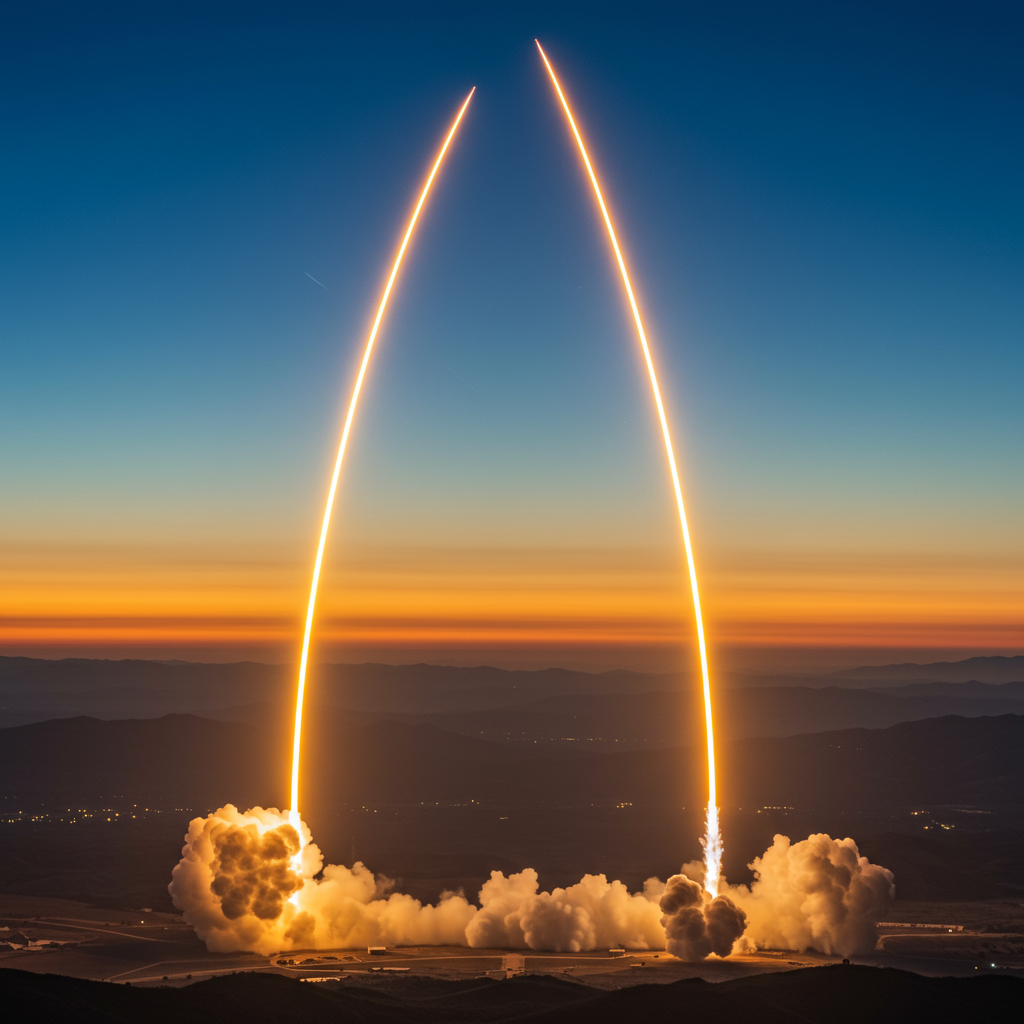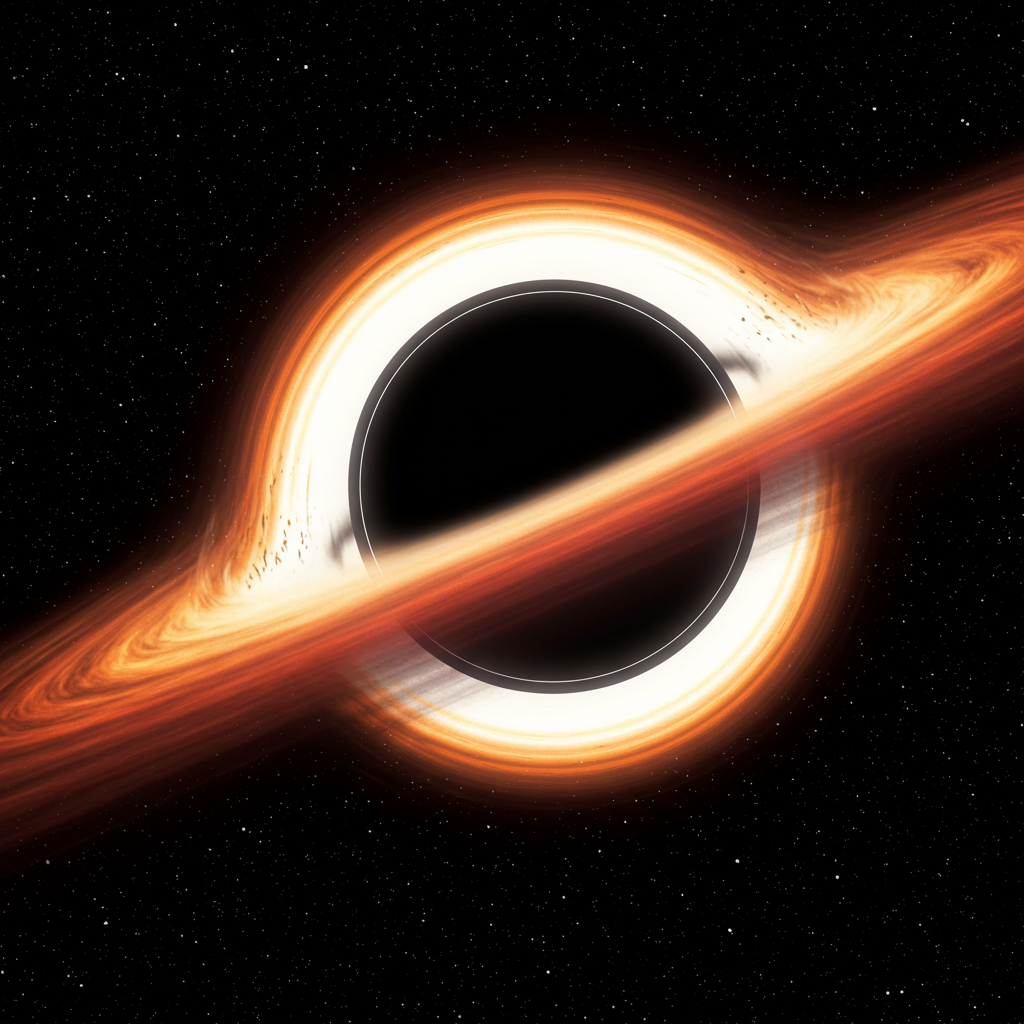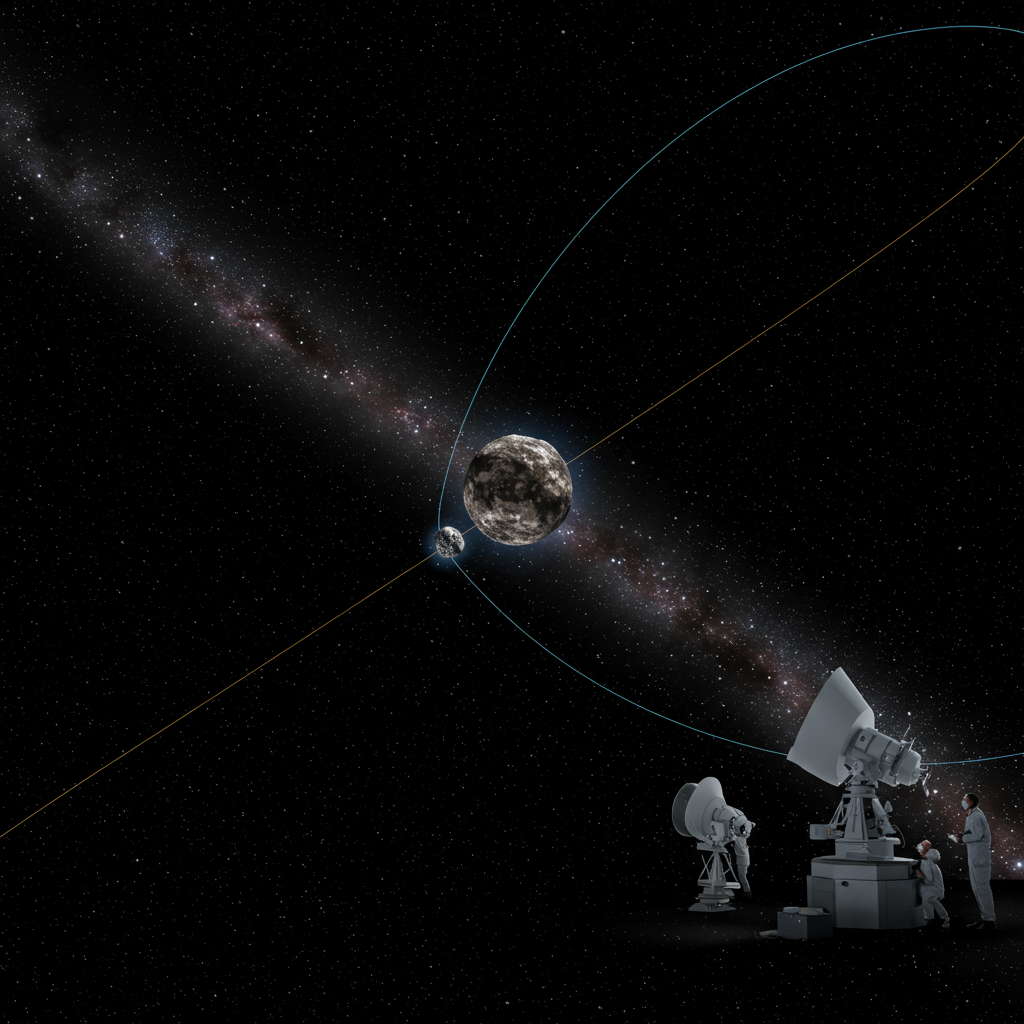Confirmation from Orbit: Japan’s Hakuto-R Moon Lander Crash Site Spotted
New images captured by spacecraft orbiting the moon have visually confirmed the fate of Japan’s Hakuto-R Mission 2 lunar lander, named Resilience, following its unsuccessful landing attempt earlier this month. The photos, taken by orbiters from both NASA and the Indian Space Research Organisation (ISRO), clearly show the impact site and pieces of debris scattered across the lunar surface, offering a somber confirmation of the mission’s failure.
Operated by the Japanese company ispace, the Resilience lander was targeting a touchdown in the Mare Frigoris (or “Sea of Cold”) region in the moon’s northern hemisphere on June 5. The mission aimed to deploy a range of scientific payloads and carry Tenacious, Europe’s first lunar rover, which planned to place an art piece known as “the Moonhouse” on the surface.
However, hopes for a successful landing were dashed when ispace operators lost contact with the lander approximately 100 seconds before its scheduled touchdown. This loss of communication preceded a “hard landing,” which is now understood to have catastrophic consequences, likely tearing the spacecraft apart and leading to the loss of all onboard experiments and the rover.
Spotting the Impact Zone and Scattered Wreckage
The first visual confirmation of the crash came on June 11, when NASA’s Lunar Reconnaissance Orbiter (LRO) captured images of the suspected impact area. By comparing these new photos to images taken before the landing attempt, a distinct dark smudge became visible on the lunar surface. This mark is believed to be regolith – the layer of dust and rock covering the moon’s bedrock – that was disturbed and displaced by the force of the impact.
Adding further detail and higher resolution views, ISRO’s Chandrayaan-2 orbiter photographed the crash site on June 16. Analysis of these more detailed images provided conclusive evidence of the lander’s destruction, revealing multiple pieces of debris strewn across the surrounding terrain. Astronomy enthusiast Shanmuga Subramanian reviewed the ISRO images, identifying at least 12 distinct pieces of wreckage visible due to light reflecting off them, though the full extent of the debris field was not immediately clear.
Understanding the Failure: A Laser Rangefinder Glitch
Telemetry data transmitted from the Resilience lander in its final moments indicated a critical issue with its laser rangefinder. This instrument is essential for precisely measuring the spacecraft’s distance to the lunar surface, guiding the crucial braking maneuvers required for a soft landing.
According to subsequent analysis and confirmation from ispace officials during a press conference on June 24, the laser rangefinder experienced significant delays in providing accurate readings. This delay meant the lander was unable to decelerate sufficiently to reach the required speed for a controlled touchdown, ultimately leading to the devastating impact.
A Challenging Era for Lunar Landings
The failure of the Resilience mission marks the second unsuccessful attempt by ispace with its Hakuto-R lander series; the company’s first lander also likely crash-landed in April 2023 after communication was lost during its lunar orbit phase.
This highlights the inherent difficulties and complexities of landing on the moon, even decades after the first crewed missions. While some recent missions have faced challenges, others have succeeded, showcasing a mixed record in the current surge of lunar exploration attempts. For example:
JAXA’s SLIM (Smart Lander for Investigating Moon) mission successfully landed in January 2024, though it ended up resting upside down.
U.S. company Firefly Aerospace achieved a successful touchdown with its Blue Ghost lander in March 2024.
Fellow U.S. firm Intuitive Machines saw its Odysseus lander become the first American spacecraft to land on the moon in over 50 years in February 2024, though it landed on its side. A subsequent mission (IM-2) also landed on its side and ceased operations shortly after.
ISRO achieved a historic success with its Chandrayaan-3 mission in August 2023, successfully landing near the moon’s south pole.
- Most recently, China’s Chang’e 6 mission successfully landed on the far side of the moon in June 2024 and returned lunar samples to Earth.
- www.livescience.com
- www.livescience.com
- www.livescience.com
The images from NASA and ISRO serve as a stark reminder of the technical hurdles involved in reaching the lunar surface, even as the global push for moon exploration continues to accelerate.




